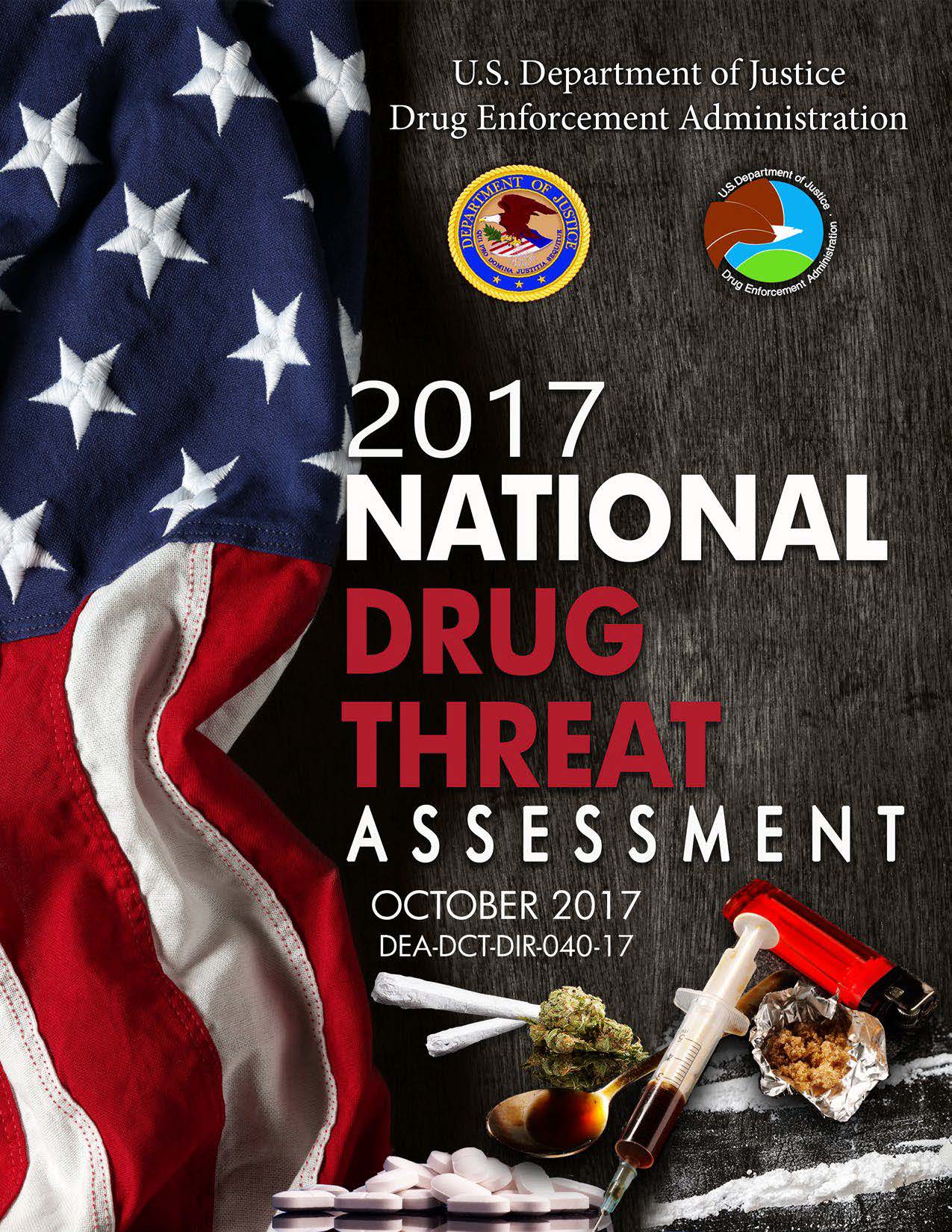2017 National Drug Threat Assessment

The 2017 National Drug Threat Assessment (NDTA)1 is a comprehensive strategic assessment of the threat posed to the United States by domestic and international drug trafficking and the abuse of illicit drugs. The report combines federal, state, local and tribal law enforcement reporting; public health data; open source reporting; and intelligence from other government agencies to determine which substances and criminal organizations represent the greatest threat to the United States.
Over the past 10 years, the drug landscape in the United States has shifted, with the opioid threat (controlled prescription drugs, synthetic opioids, and heroin) reaching epidemic levels, impacting significant portions of the United States. While the current opioid crisis has deservedly garnered significant attention, the methamphetamine threat has remained prevalent; the cocaine threat appears to be rebounding; new psychoactive substances (NPS) continue to be a challenge; and the focus of marijuana enforcement efforts continues to evolve. Drug poisoning deaths are the leading cause of injury death in the United States; they are currently at their highest ever recorded level and, every year since 2011, have outnumbered deaths by firearms, motor vehicle crashes, suicide and homicide. In 2015, approximately 140 people died every day from drug poisoning (see Figure 1).


